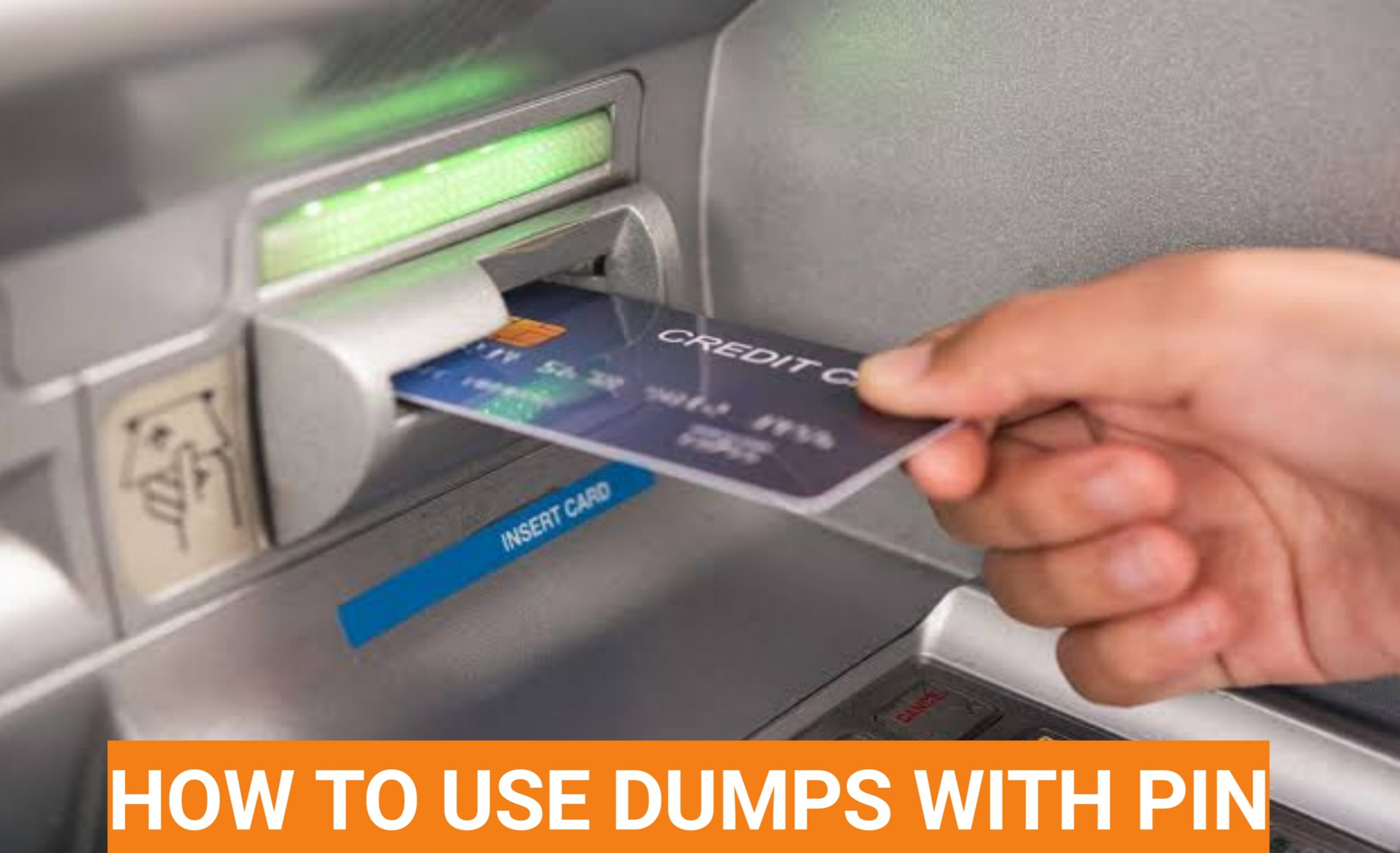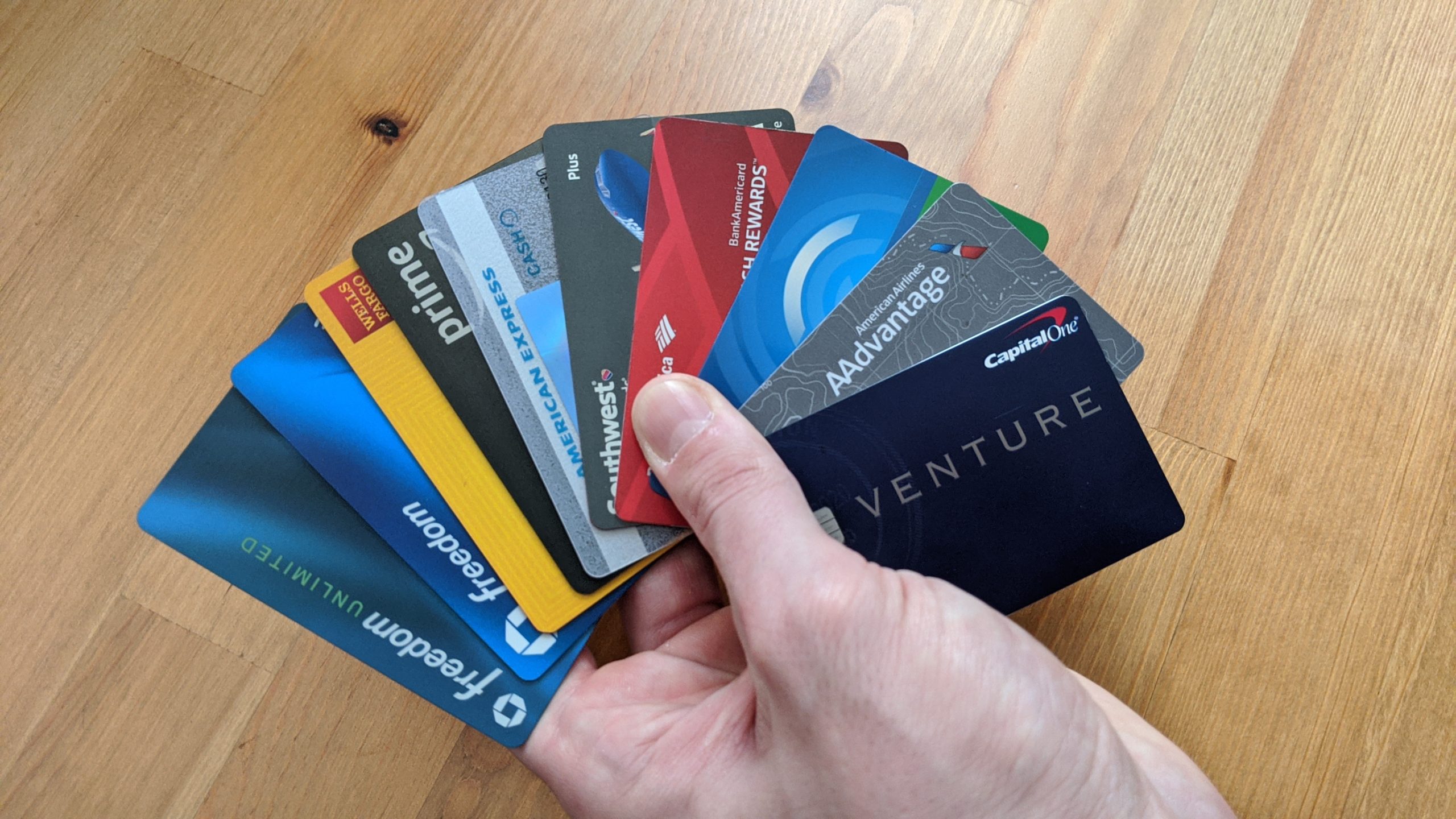
The Ultimate Guide to Understanding Credit Card Dumps
Credit card dumps are becoming increasingly popular amongst cybercriminals. As such, it is essential to understand the concept of a credit card dump and how it can be used for malicious activity. Fortunately, briansclub.cm is here to provide you with the ultimate guide to understanding what exactly credit card dumps are and how to protect yourself against them.
What Are Credit Card Dumps?
A credit card dump is an unauthorized digital copy of the information contained in the magnetic strip of an active credit card which includes all details related to its owner such as full name, expiration date, and CVV code. These details are then stored on physical media, such as a chip or SIM card, where they can be sold online or used by hackers to purchase goods or services through fraudulent means.
How Does Credit Card Dump Work?
Credit card dumps allow fraudsters access to data stored in the magnetic strip on an active credit card. The stolen data typically contains personal information about the owner of the credit card such as their full name, address, date of birth, and security code (CVV). Once obtained, this data can then be used by hackers or fraudsters either online or in person for various illegal activities including purchasing goods and services without permission from the account holder.

Risks Involved With Credit Card Dumps
Using a stolen credit card dump presents several risks including identity theft and financial loss due to fraudulent purchases made using your personal information. Additionally, if you’re caught using a stolen dump for malicious purposes you may face criminal charges depending on jurisdiction laws. Furthermore, even if you aren’t directly involved in any illegal activity related to these dumps there could still be repercussions since banks will often hold innocent customers liable for any losses incurred due to fraudulent use of their cards or accounts due to weak security protocols on behalf of those customers themselves (e.g., not properly protecting their passwords).
How To Protect Yourself From Credit Card Dumps?
Fortunately, there are some easy steps you can take in order to protect yourself from falling victim to a credit card dump attack:
1) Use strong passwords –
Make sure all your passwords contain at least 8 characters with a combination of uppercase letters, lowercase letters plus numbers & symbols whenever possible (and never use obvious words like “password”).
2) Monitor your accounts regularly –
Check your accounts frequently so that if any suspicious activity happens it can be caught quickly before too much damage has been done. This means regularly checking both paper statements & online banking/credit card transactions each month for unusual purchases or withdrawals etc..
3) Be aware when making online purchases –
When shopping online, make sure all sites are encrypted via HTTPS protocol (this will usually show up as a lock icon next to the URL when visiting said website) & never give out sensitive info over email/phone call unless you have confirmed the authenticity first hand (such as contacting customer service directly).
4) Set up alerts –
Many banks now offer text/email alerts to notify users when certain thresholds are reached/exceeded on their accounts, so set one up today! For example – if someone makes a large transaction from overseas, the alert should automatically trigger to warn the user of potential fraud as soon as it is detected, preventing further damage before time runs out!
5) Use anti-virus software –
Ensure that your computer(s) have all the necessary anti-virus protection installed & regularly update the definition list every couple of months just in case new threats become available during that time frame; this should help prevent malicious software from infiltrating the system & stealing important credentials needed to access bank/credit cards etc.

6) Use secure payment methods –
Whenever possible, use additional layers of security when making payments online, such as PayPal’s two-factor authentication process & debit cards, rather than just relying on standard plastic cards alone – this way even if hackers manage to gain access to the account, they still won’t be able to transfer funds out because the verification step required to complete the transaction successfully!
7) Keep track of lost/stolen cards –
It’s also important to always keep a close eye out for missing ATM/debit cards, especially if you suspect they might have been taken while traveling abroad; contact the issuing company as soon as possible to report the issue quickly, mitigating chances of suffering major financial losses later down line due to fraudulent use by unknown third party sources without knowledge consent!
Bottom line
Credit card dumps pose serious risks, but with proper education and prevention, these risks can be easily managed and avoided altogether. By understanding what exactly these dumps are and how they work, combined with the protective steps outlined above, everyone should feel confident enough to defend themselves against potential breaches associated with them! Finally, don’t forget to visit briansclub.cm for more helpful tips on how to stay safe in today’s digital world – stay vigilant folks!

